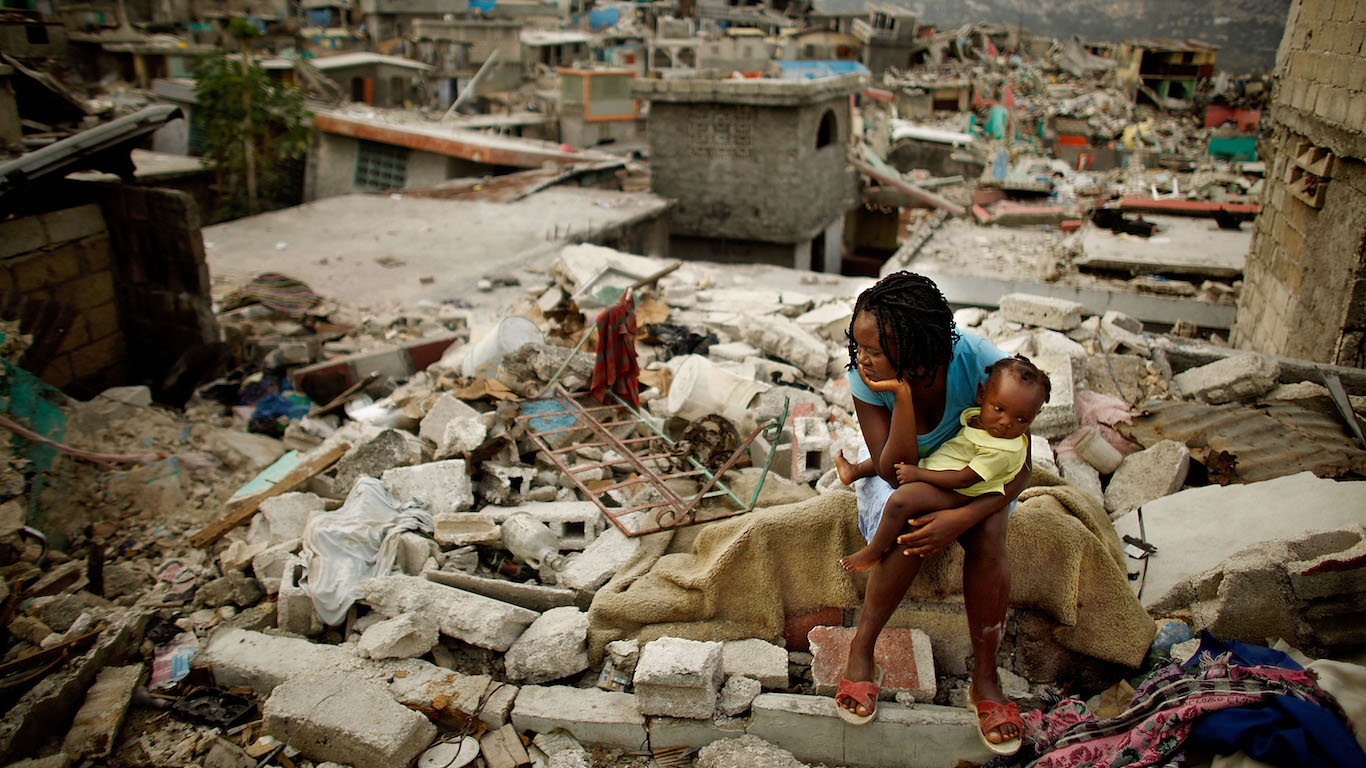
Humans have experienced earthquakes for thousands of years. Earthquakes are among the most common geological phenomena, with small tremors occurring hundreds of times per day, medium size quakes several times per month, and magnitude 8 or higher as frequently as once per year.
Large earthquakes are relatively common in the United States. However, because of early warning systems deployed by the United States Geological Survey, generally more durable infrastructure, and the work of emergency response personnel, fatalities from earthquakes are relatively rare in the U.S.
In fact, while five of the 25 most powerful earthquakes ever recorded occurred in the United States, none made this list of deadly earthquakes.
The most powerful earthquake to strike the United States was a magnitude 9.2 recorded in Prince William Sound, Alaska, on March 28, 1964. The quake resulted in 139 deaths — nowhere near many of the most destructive quakes on record.
The most powerful earthquake ever recorded on Earth was a magnitude 9.5 in Chile on May 22, 1960. There were more than 2,000 fatalities — among the worst 200 earthquakes ever recorded, but a far cry from the death tolls from many of the earthquakes on this list. The deadliest quakes claimed the lives of tens and hundreds of thousands people.
24/7 Wall St. reviewed total deaths caused by earthquakes as well as by secondary effects such as tsunamis and volcanoes from National Oceanic and Atmospheric Administration’s Significant Earthquake Database. The database catalogs earthquakes going back to 2150 B.C. The magnitude of each earthquake and the areas affected also came from NOAA’s database. Areas affected are listed as present-day names.
Click here to see the worst earthquakes of all time.
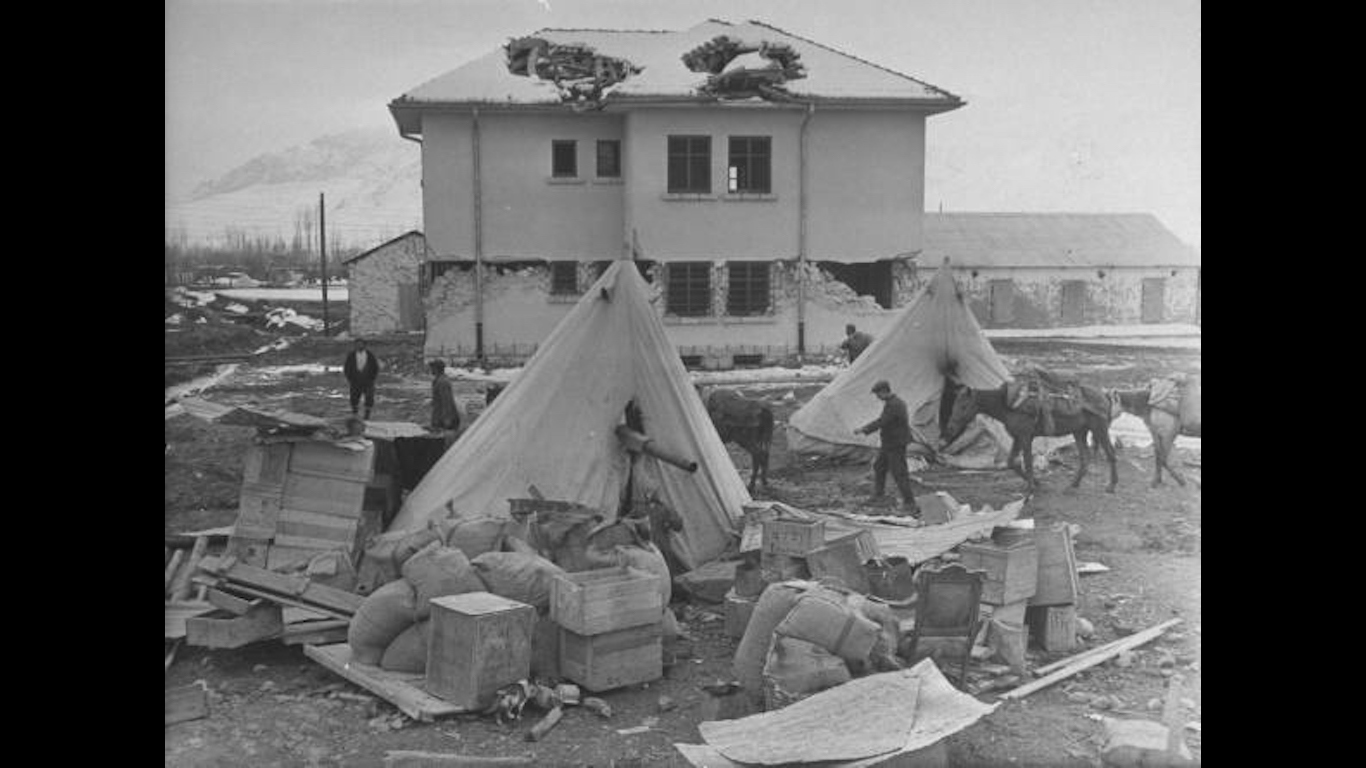
30. 1939 Erzincan earthquake
> Total deaths: 32,700
> Magnitude: 7.7
> Affected areas: Turkey: Erzincan
[in-text-ad]

29. 1721 Tabriz earthquake
> Total deaths: 40,000
> Magnitude: 7.7
> Affected areas: Iran: Tabriz
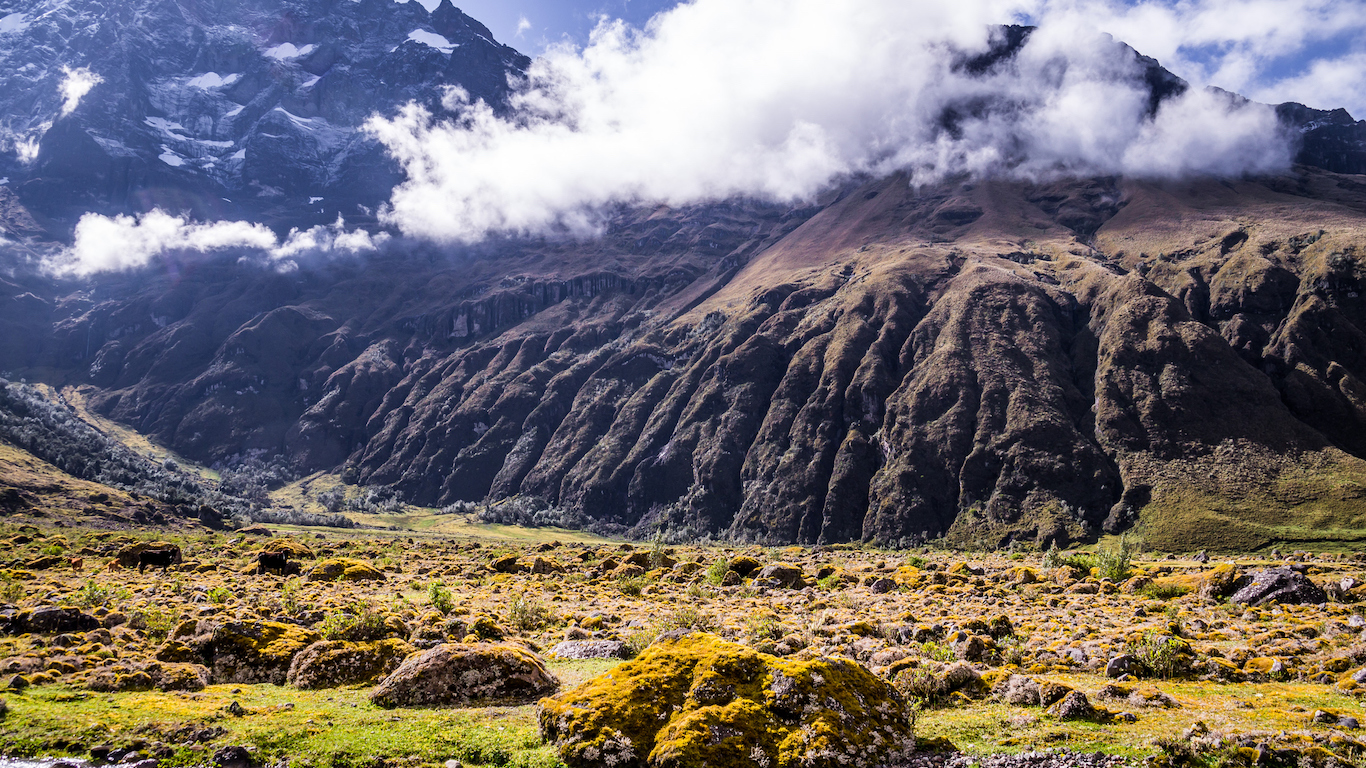
28. 1797 Riobamba earthquake
> Total deaths: 40,000
> Magnitude: 8.3
> Affected areas: Ecuador: Riobamba, Quito, Cuzco
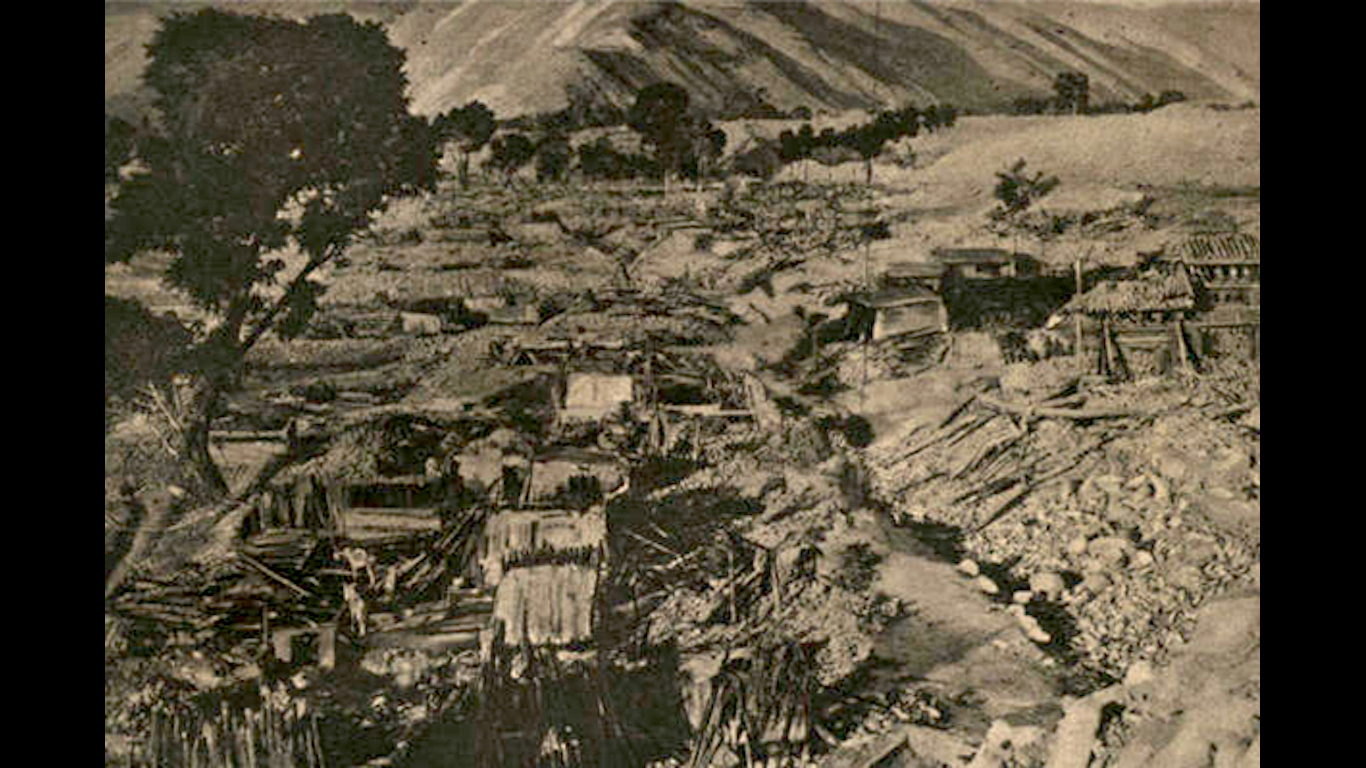
27. 1927 Gansu earthquake
> Total deaths: 40,912
> Magnitude: 7.6
> Affected areas: China: Gansu Province
[in-text-ad-2]

26. 1668 Shandong earthquake
> Total deaths: 42,578
> Magnitude: 8.5
> Affected areas: China: Shandong Province

25. 1042 Tabriz earthquake
> Total deaths: 50,000
> Magnitude: 7.6
> Affected areas: Iran: Tabriz
[in-text-ad]

24. 1990 Rudbar-Manjil earthquake
> Total deaths: 50,000
> Magnitude: 7.7
> Affected areas: Iran: Rasht, Qazvin, Zanjan, Rudbar, Manjil

23. 1780 Tabriz earthquake
> Total deaths: 50,000
> Magnitude: 7.7
> Affected areas: Iran: Tabriz

22. 1739 Ningxia earthquake
> Total deaths: 50,000
> Magnitude: 8.0
> Affected areas: China: Ningxia
[in-text-ad-2]
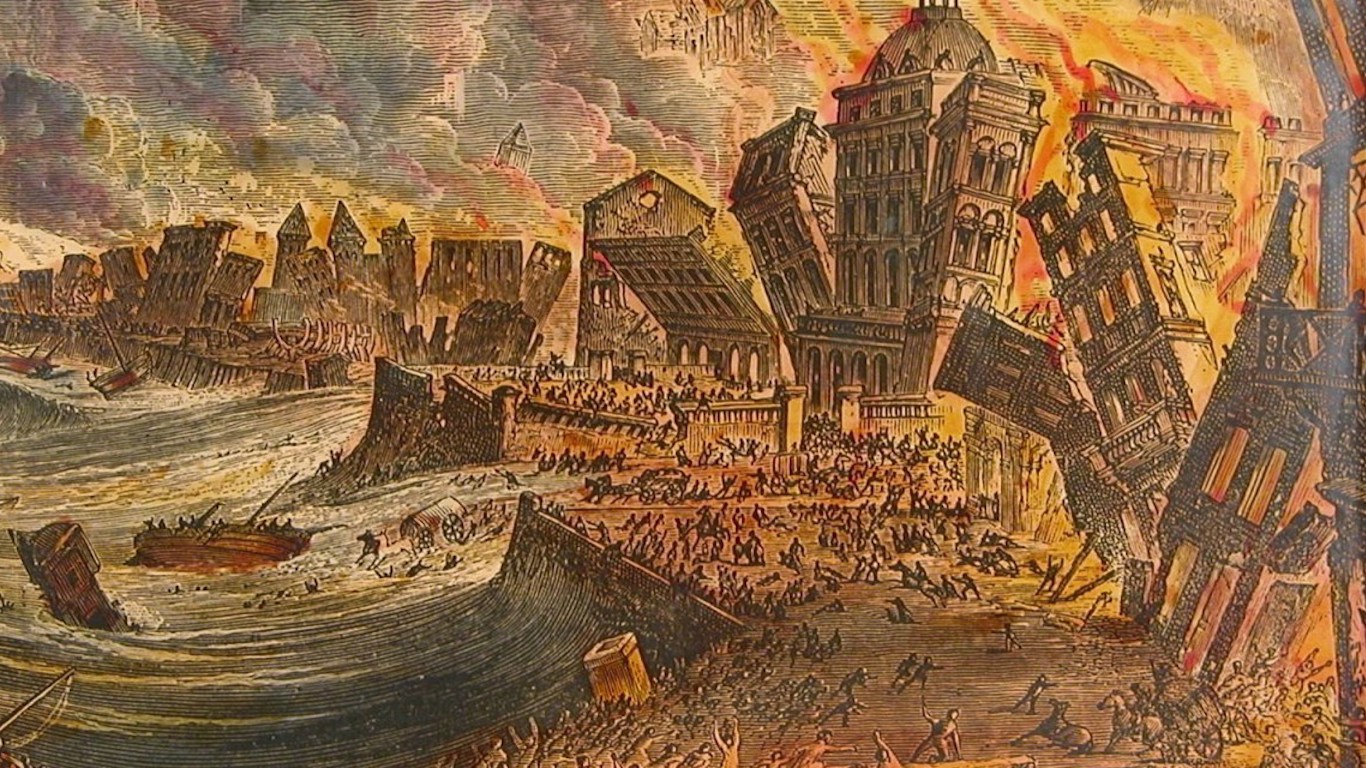
21. 1755 Lisbon earthquake
> Total deaths: 50,000
> Magnitude: 8.5
> Affected areas: Portugal: Lisbon

20. 1693 Sicily earthquake
> Total deaths: 60,000
> Magnitude: 6.0
> Affected areas: Italy: Sicily, Calabria, Catania
[in-text-ad]

19. 1101 Khorasan earthquake
> Total deaths: 60,000
> Magnitude: 6.5
> Affected areas: Iran: Khorasan

18. 1935 Quetta earthquake
> Total deaths: 60,000
> Magnitude: 7.5
> Affected areas: Pakistan: Quetta

17. 1970 Ancash earthquake
> Total deaths: 66,794
> Magnitude: 7.9
> Affected areas: Peru: Northern regions, Pisco, Chiclayo
[in-text-ad-2]

16. 1868 Ecuador earthquakes
> Total deaths: 70,000
> Magnitude: 7.7
> Affected areas: Ecuador: Guayaquil, Ibarra; Colombia: San Pablo
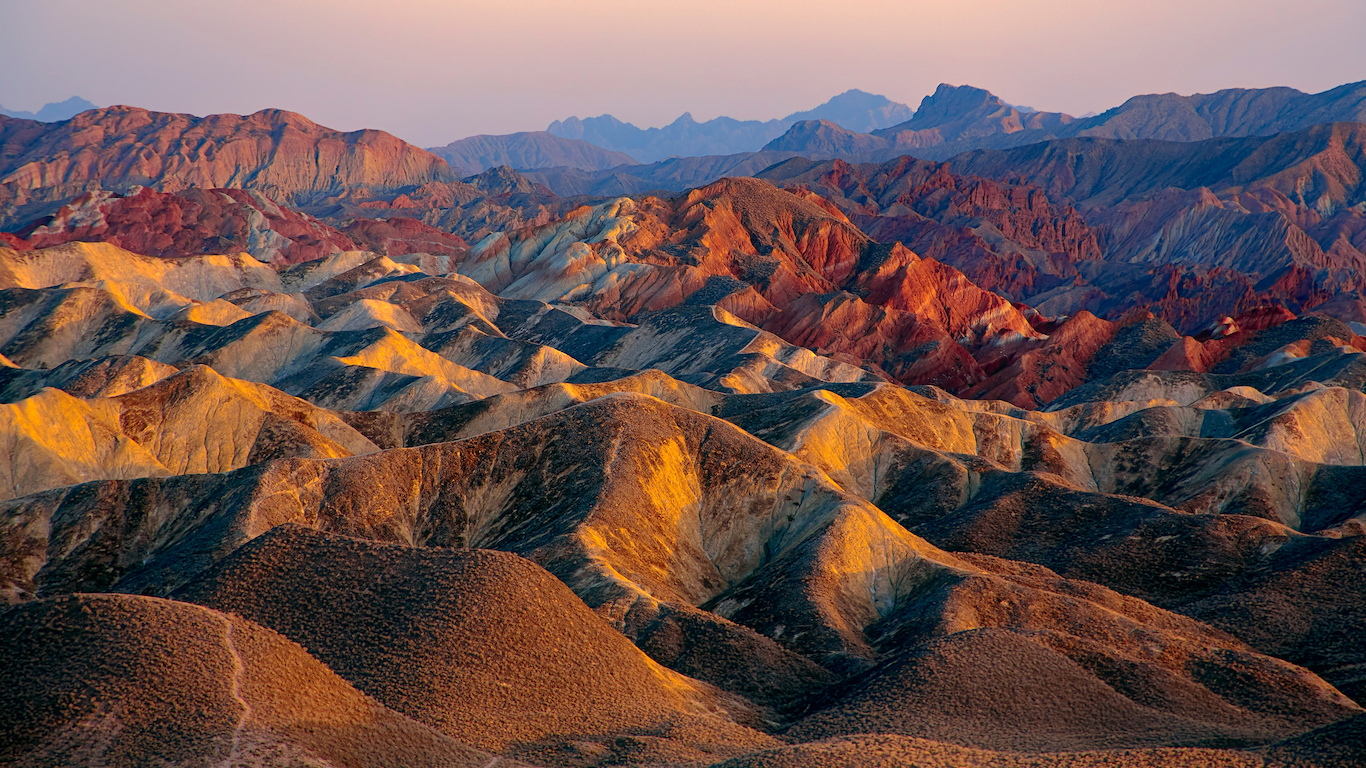
15. 1718 Gansu earthquake
> Total deaths: 73,000
> Magnitude: 7.5
> Affected areas: China: Gansu Province
[in-text-ad]

14. 2005 South Asia earthquake
> Total deaths: 76,213
> Magnitude: 7.6
> Affected areas: Pakistan: Muzaffarabad, Uri, Anantnag, Baramulla
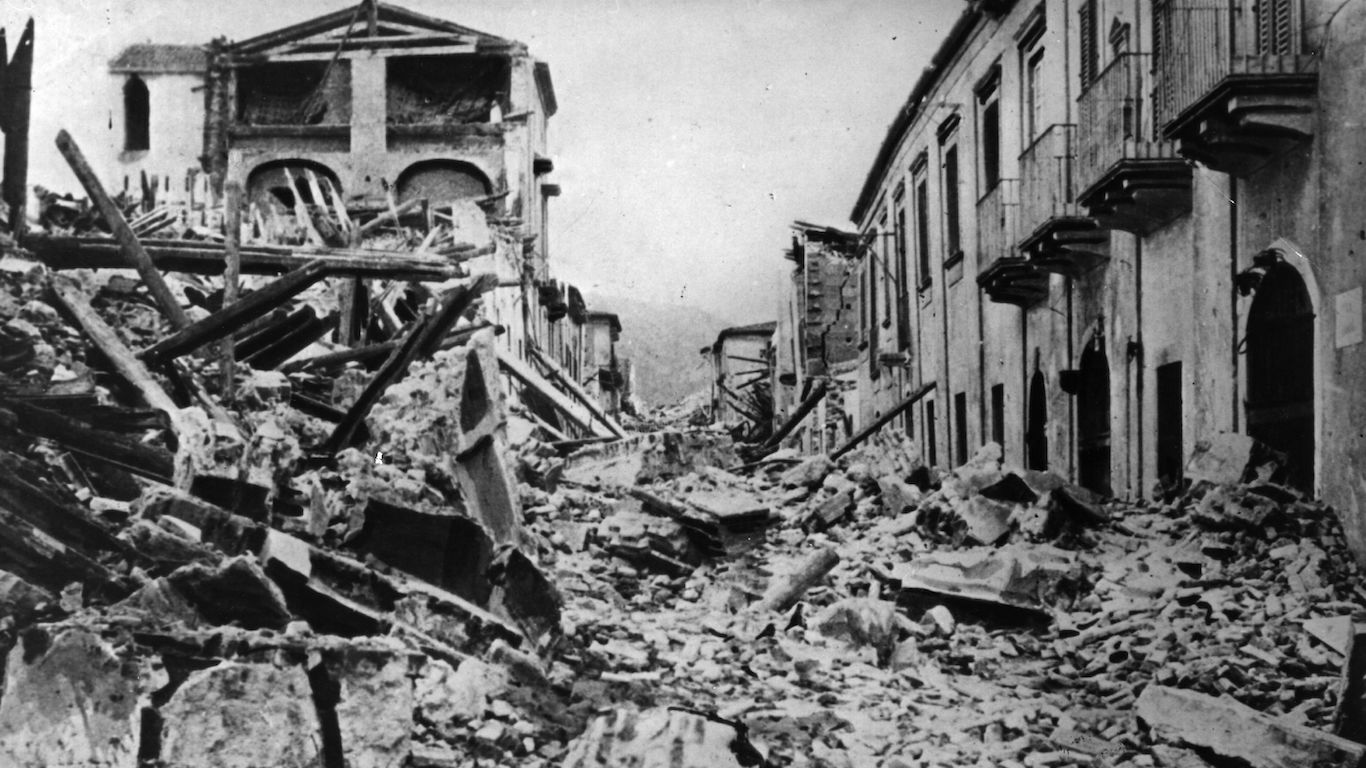
13. 1908 Messina earthquake
> Total deaths: 80,000
> Magnitude: 7.0
> Affected areas: Italy: Messina, Sicily, Calabria

12. 1667 Shemakha earthquake
> Total deaths: 80,000
> Magnitude: 6.9
> Affected areas: Azerbaijan: Shemakha (Samaxi)
[in-text-ad-2]
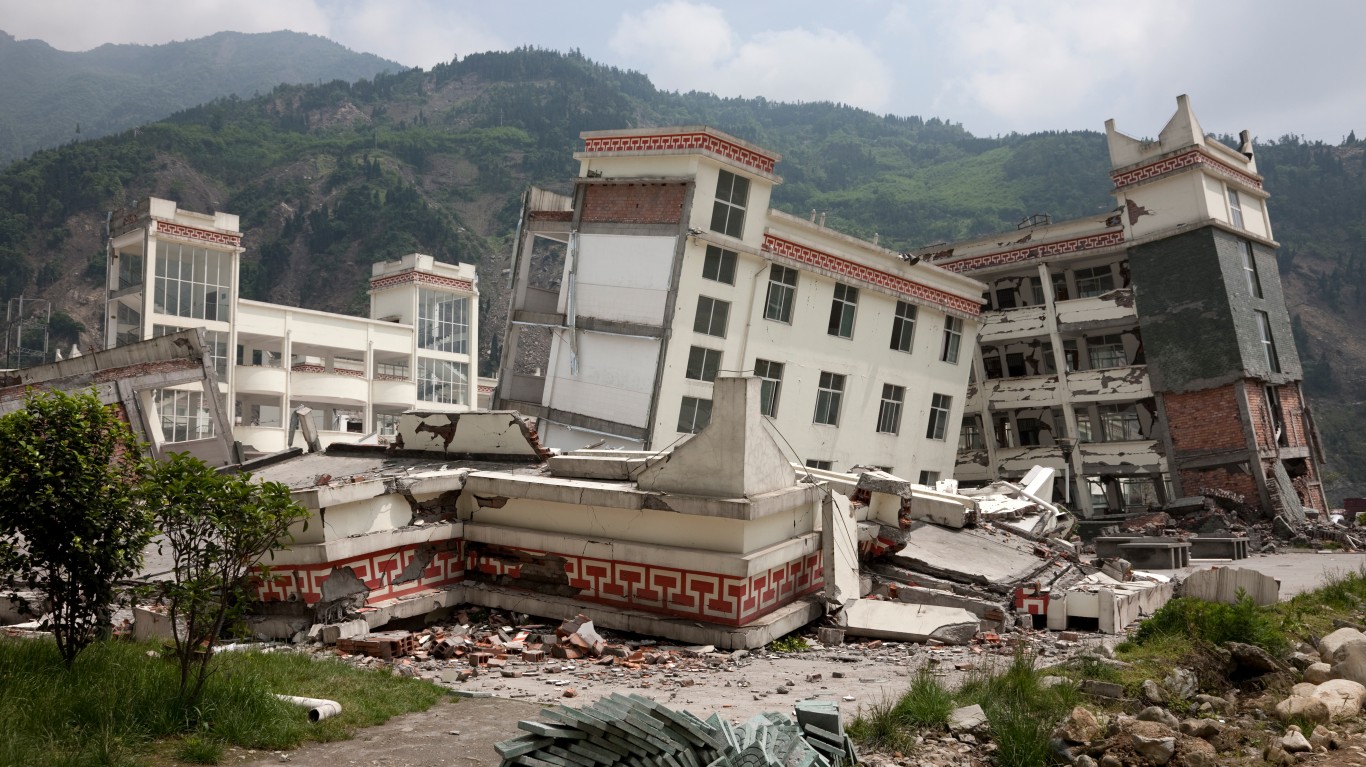
11. 2008 Sichuan earthquake
> Total deaths: 87,652
> Magnitude: 7.9
> Affected areas: China: Sichuan Province

10. 1290 Nei Mongol earthquake
> Total deaths: 100,000
> Magnitude: 6.8
> Affected areas: China: Inner Mongolia: Ningcheng
[in-text-ad]

9. 1948 Ashkhabad earthquake
> Total deaths: 110,000
> Magnitude: 7.3
> Affected areas: Turkmenistan: Ashkhabad
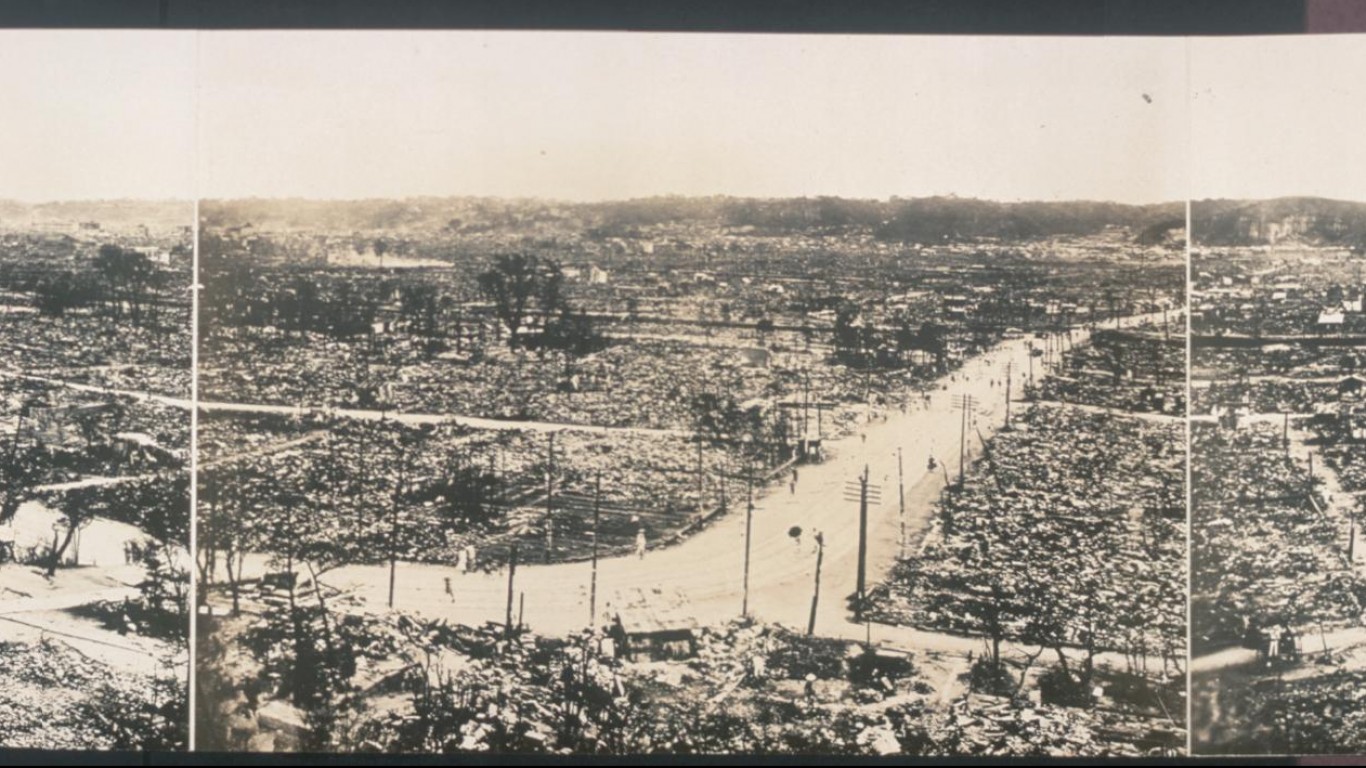
8. 1923 Great Kanto earthquake
> Total deaths: 142,807
> Magnitude: 7.9
> Affected areas: Japan: Tokyo, Yokohama
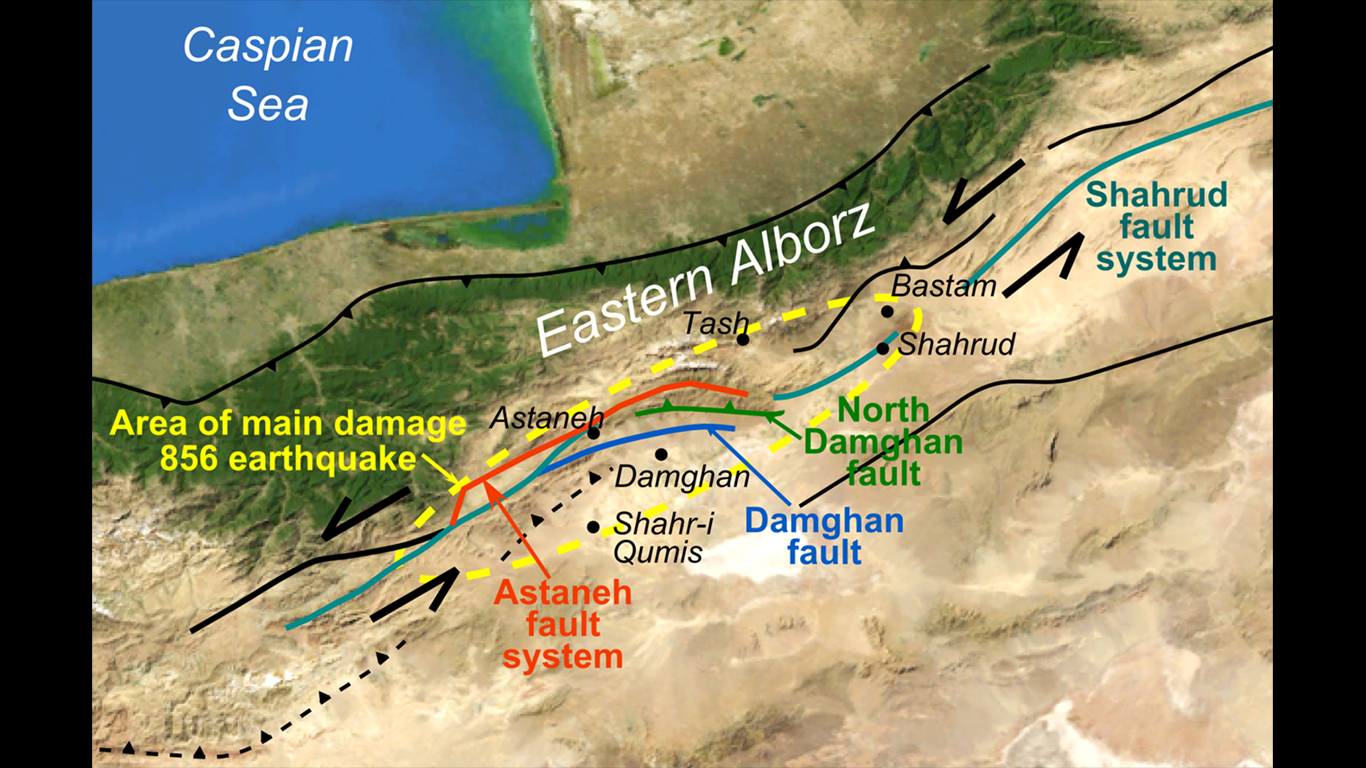
7. 856 Damghan earthquake
> Total deaths: 200,000
> Magnitude: 7.9
> Affected areas: Iran: Damghan, Qumis
[in-text-ad-2]
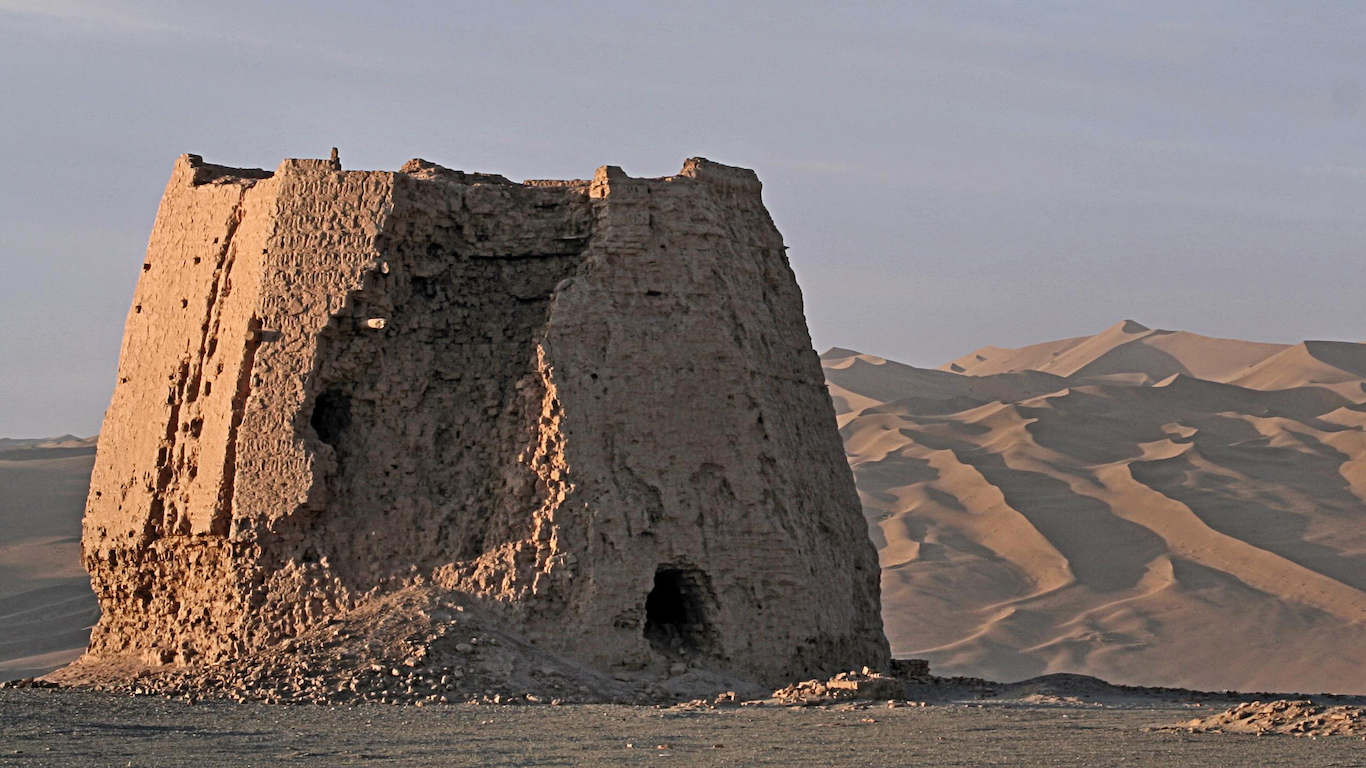
6. 1920 Haiyuan earthquake
> Total deaths: 200,000
> Magnitude: 8.3
> Affected areas: China: Gansu Province, Shanxi Province
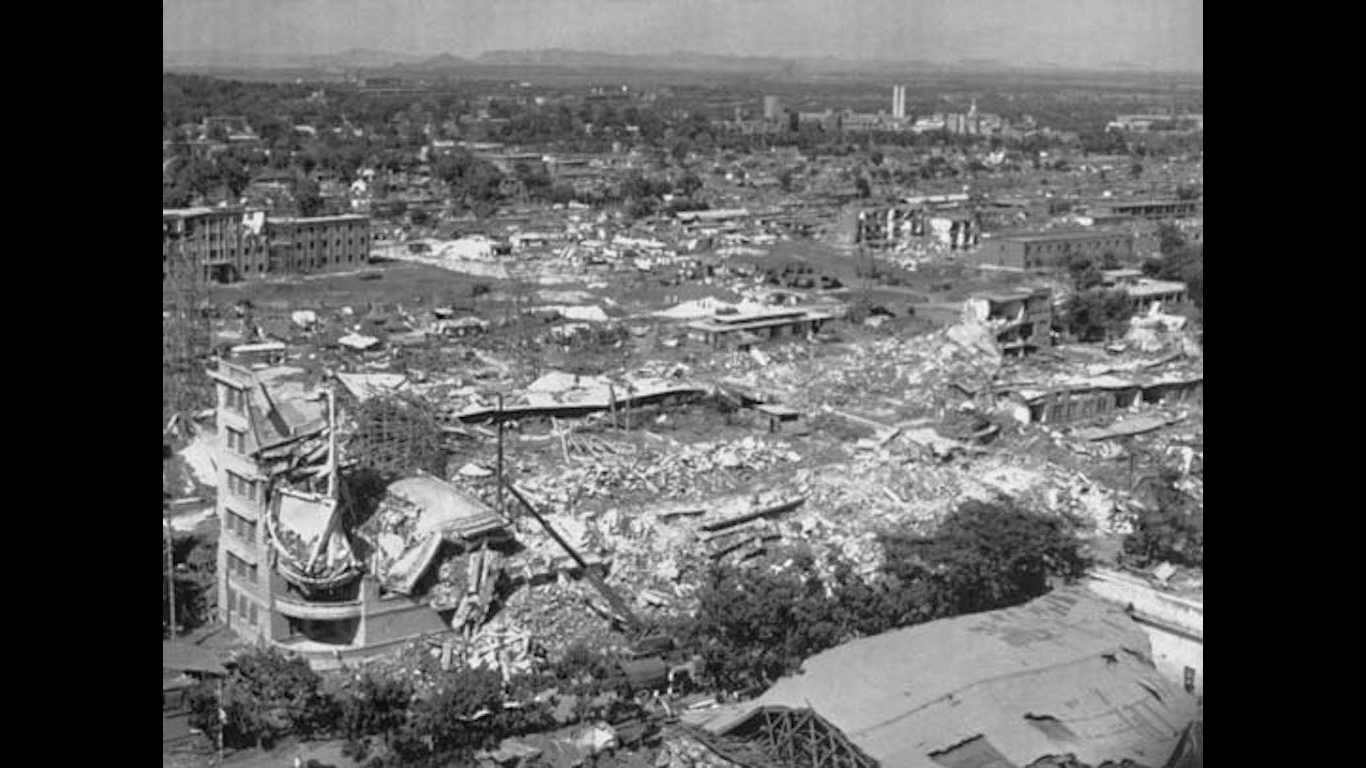
5. 1976 Ne earthquake
> Total deaths: 242,769
> Magnitude: 7.5
> Affected areas: China: Ne: Tangshan
[in-text-ad]

4. 525 Antioch earthquake
> Total deaths: 250,000
> Magnitude: 7.0
> Affected areas: Turkey: Antakya (Antioch), Samandag

3. 115 Antioch earthquake
> Total deaths: 260,000
> Magnitude: 7.5
> Affected areas: Turkey: Antakya (Antioch)
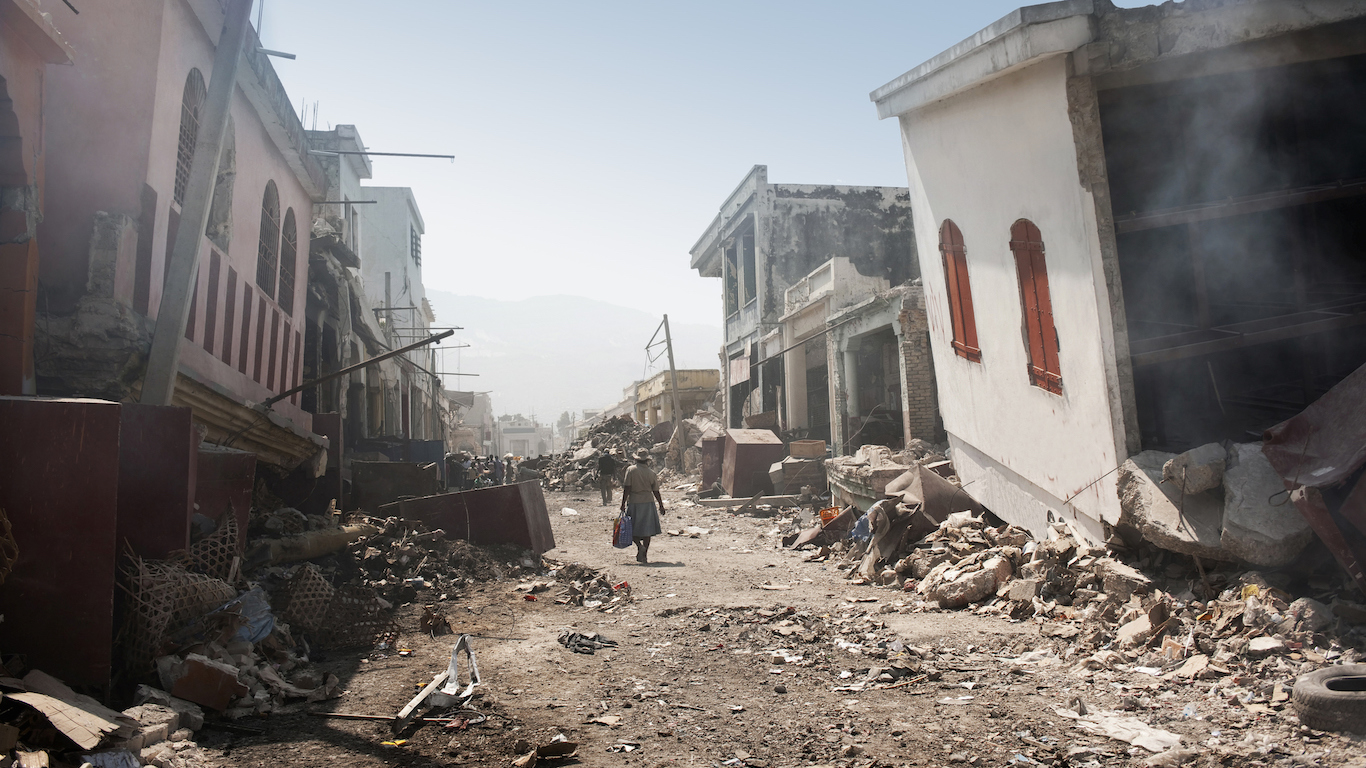
2. 2010 Haiti earthquake
> Total deaths: 316,000
> Magnitude: 7.0
> Affected areas: Haiti: Port-Au-Prince
[in-text-ad-2]
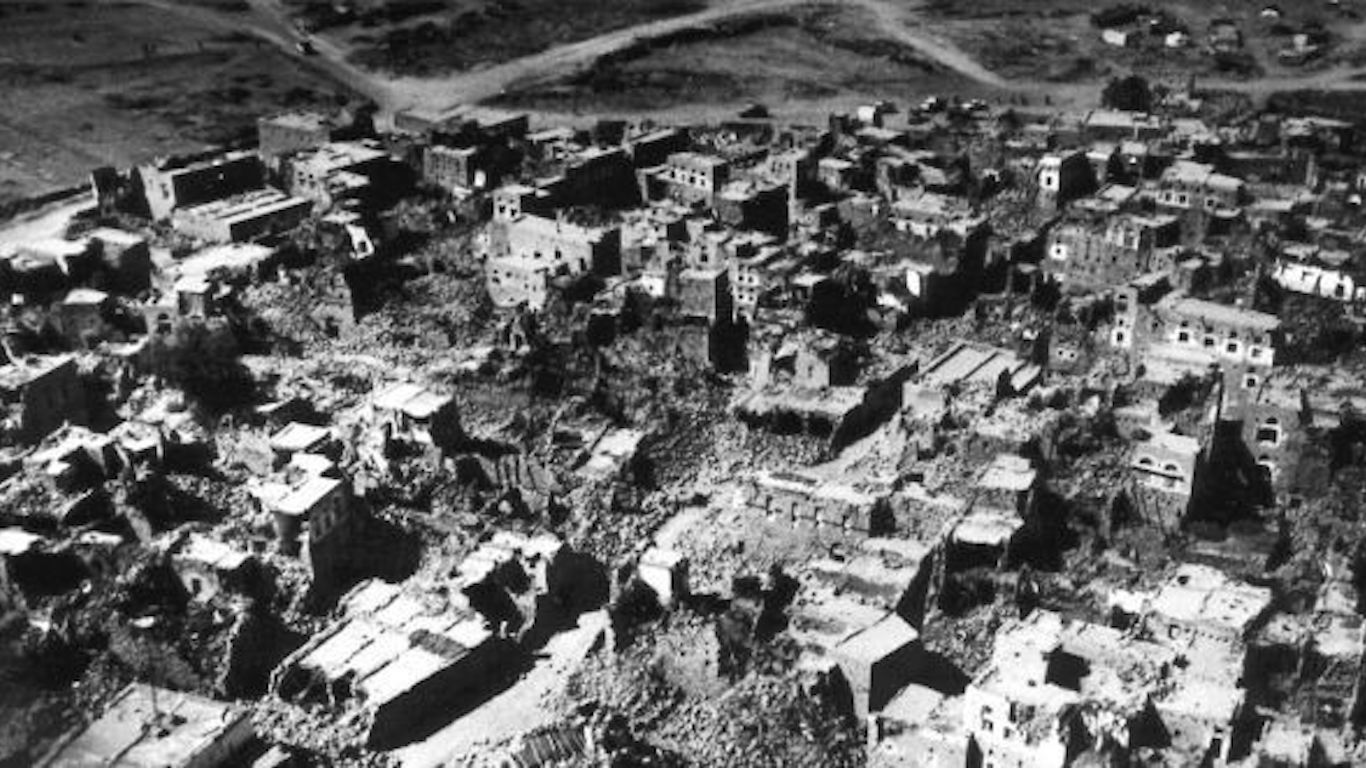
1. 1556 Shaanxi earthquake
> Total deaths: 830,000
> Magnitude: 8.0
> Affected areas: China: Shaanxi Province
It’s Your Money, Your Future—Own It (sponsor)
Retirement can be daunting, but it doesn’t need to be.
Imagine having an expert in your corner to help you with your financial goals. Someone to help you determine if you’re ahead, behind, or right on track. With SmartAsset, that’s not just a dream—it’s reality. This free tool connects you with pre-screened financial advisors who work in your best interests. It’s quick, it’s easy, so take the leap today and start planning smarter!
Don’t waste another minute; get started right here and help your retirement dreams become a retirement reality.
Thank you for reading! Have some feedback for us?
Contact the 24/7 Wall St. editorial team.
 24/7 Wall St.
24/7 Wall St. 24/7 Wall St.
24/7 Wall St. 24/7 Wall St.
24/7 Wall St.



